The Psychedelic World of Pakistani Cinema 7" Covers
Searching for the designers who created the cohesive hypnotic artworks
From 1959 to 1977, Pakistan experienced a golden era of cinema. Lollywood (the name, a combination of Hollywood and the city of Lahore) was the studio center for Urdu and Punjabi films, releasing thousands of films in the almost two-decade period. One of the most cherished of these films was Armaan, released in 1966. An Urdu film, it introduced composer Sohail Rana and actor and singer Ahmed Rushdi. One of the songs from the film, “Ko Ko Koreena,” is known as the first South Asian pop song.
Alongside Sohail Rana, composer M. Ashraf also made his mark during this period, producing and composing over 2,500 songs for Urdu and Punjabi films throughout his career. Another name not to miss is singer and actress Noor Jehan, dubbed “Malika-e-Tarannum,” which in Urdu translates to “the queen of melody.”
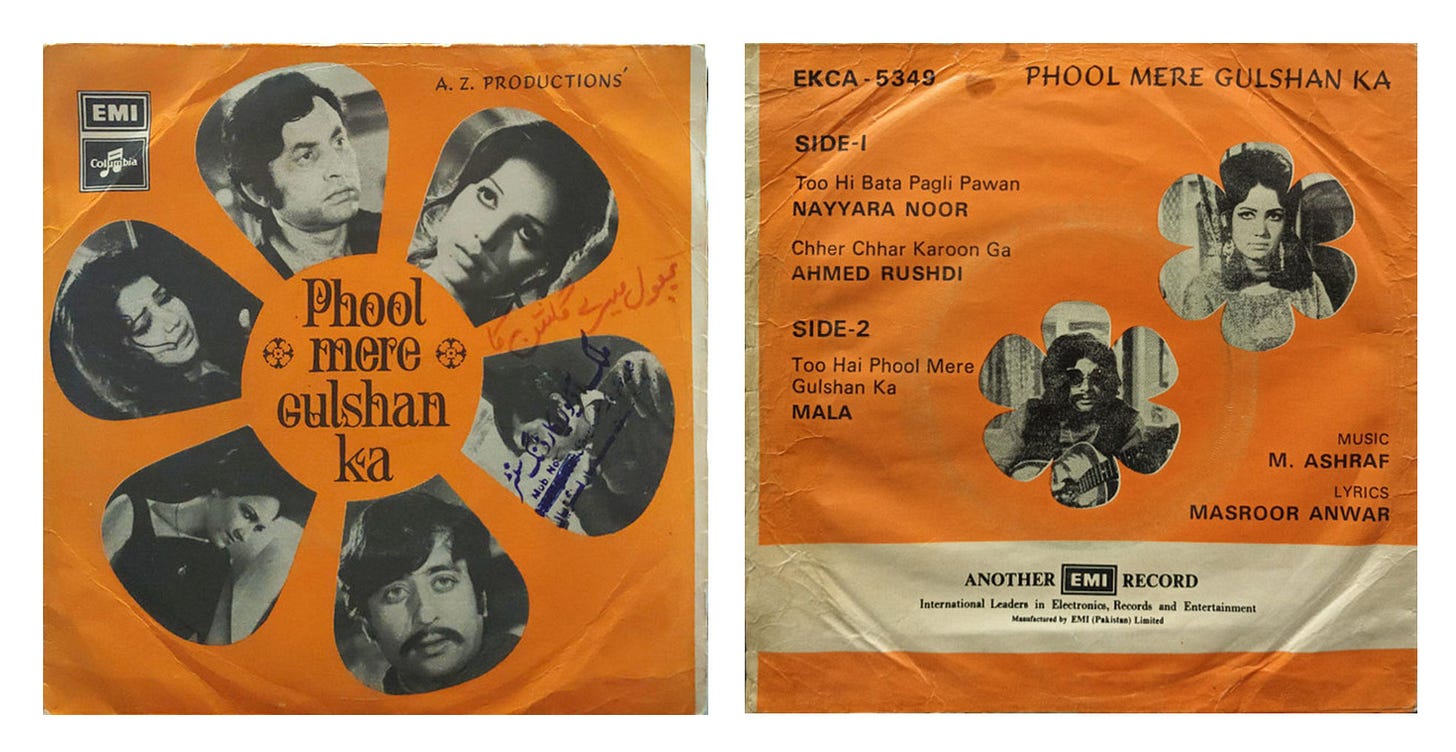
EMI Pakistan, originally The Gramophone Company of Pakistan, was one of the largest, if not the label, that released 7” records alongside the release of Lollywood hits. When looking at the covers of these releases, I’m struck by their cohesive psychedelic nature. Each cover takes a black and white film still of the stars from the film and collages them over neon-saturated backgrounds. Hypnotic lines and shapes further embellish the image along with equally playful typography. They almost follow a formula similar to how any major label during that era sent out 7” singles in a made-to-order case. Yet, each cover is unique in its own right.
Upon first starting the newsletter, I researched the art history of 1970s Haight-Ashbury psychedelia, which was inherited from the 19th-century Art Noveau movement. While Lollywood referenced Western culture (citing Hollywood as the origin of part of its name), when looking at South Asian imagery, the intricate shapes displayed on the 7” covers can be found in architecture and textiles throughout the history of the region. See examples of Phulkari, “meaning ‘flower work’ … a type of embroidery originally made throughout the Punjab, a region now straddling Pakistan and India” as documented by the Philadelphia Museum of Art.
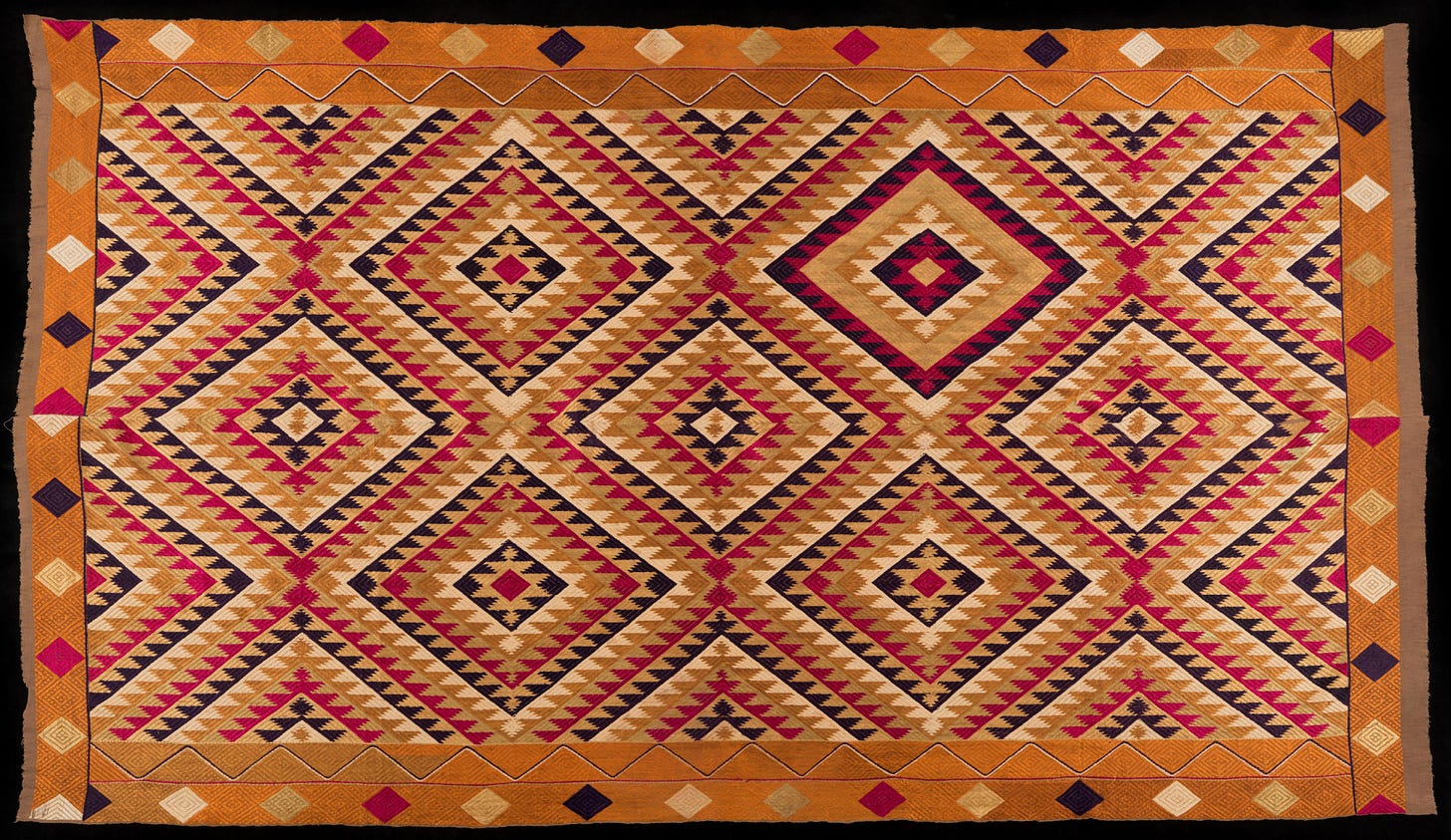
When looking at Pakistani artist Anwar Jalal Shemza’s paintings, one also finds similarities between his art and Lollywood 7” single covers. According to the Tate Britain, “Feeling displaced in Britain, [Anwar] stopped making figurative paintings. Instead, he began studying Islamic art from different periods, in search of what he called his ‘own identity.’ He started creating compositions that fused calligraphy and aspects of Mughal architecture with European abstract art. He commented: ‘I am much more aware of my own art heritage now than I ever was in Pakistan. You only become aware of the things you lose.’”
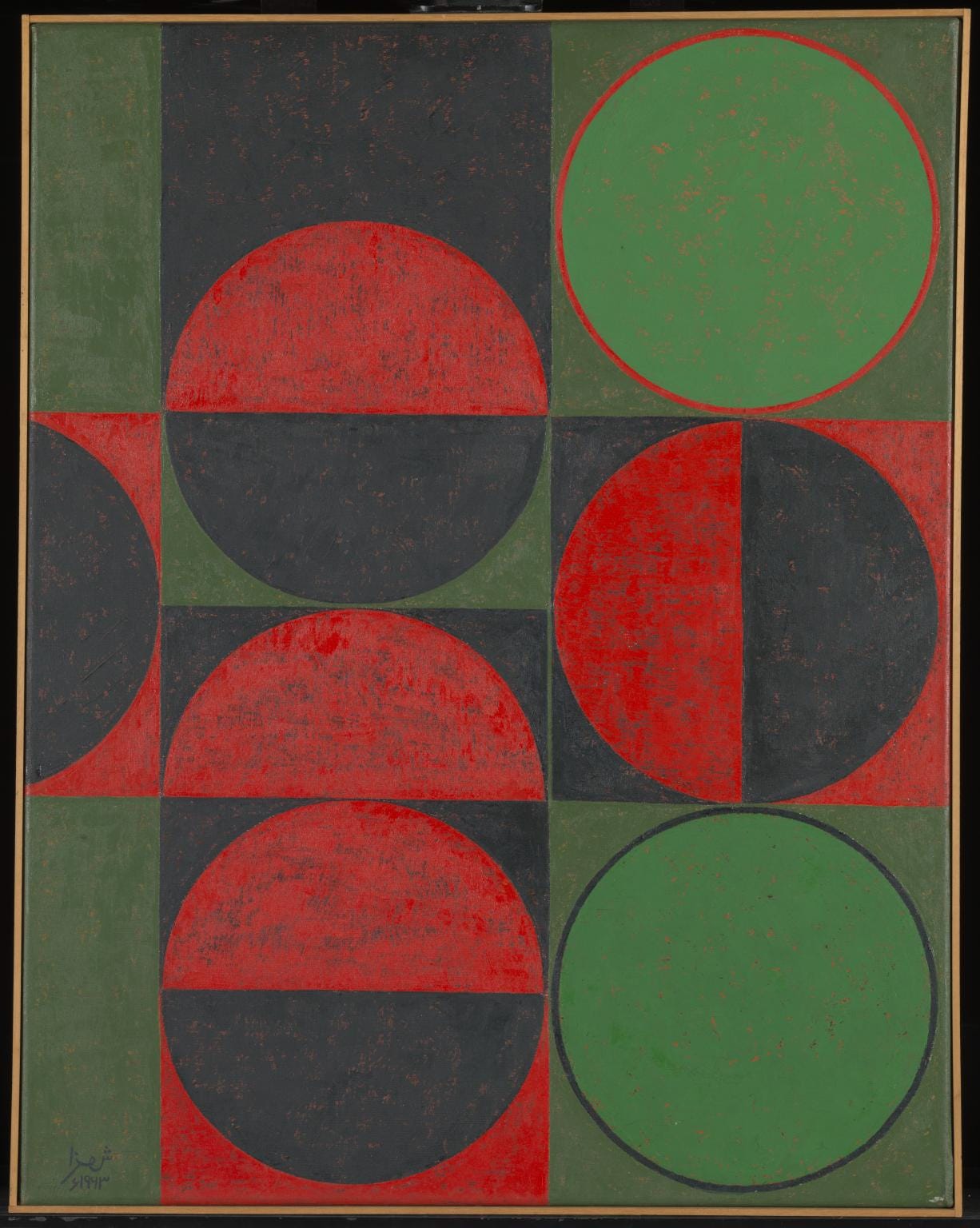
Unfortunately, when researching the cover art of this niche sector, many of the visual artist credits were not documented on the physical packaging itself. This leads me to believe the designers must have worked in-house at EMI, as many covers from this era worldwide were uncredited in this fashion. While EMI Pakistan is currently releasing new music, The Guardian wrote that the label closed its “vaults in the early-80s” due in part to the coup enacted by General Muhammad Zia-ul-Haq and the “Islamisation of Pakistan.” I can only imagine that the records of these talented designers were lost during this turbulent time.
Find a curated collection of these beautiful 7” covers from Lollywood films and musicians below. If anyone also has any information about Pakistani graphic designers from this era, please share it in the comments below!
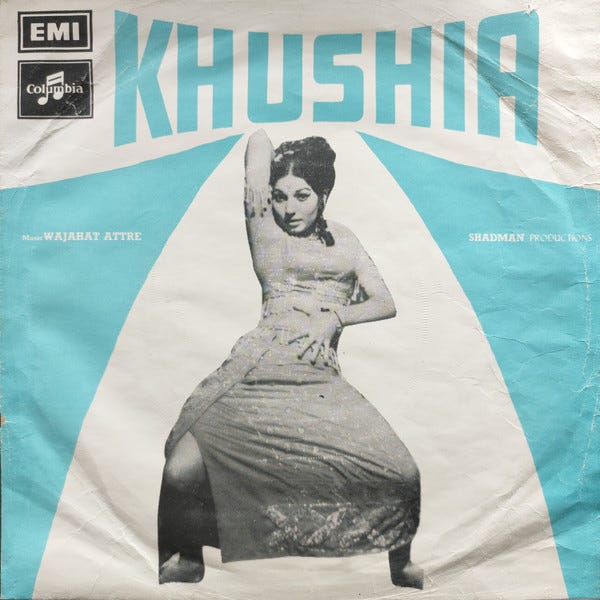
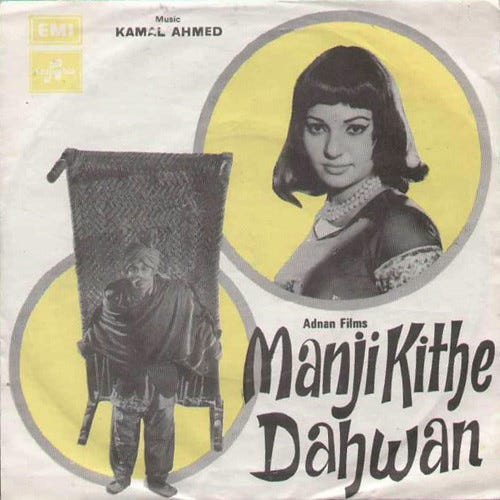
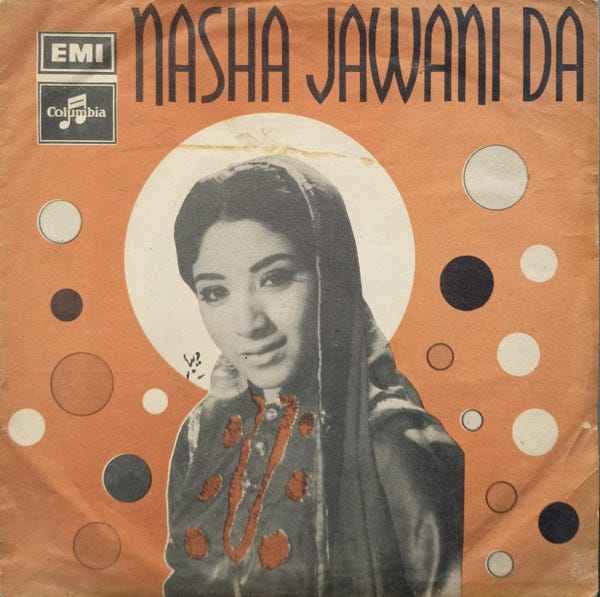
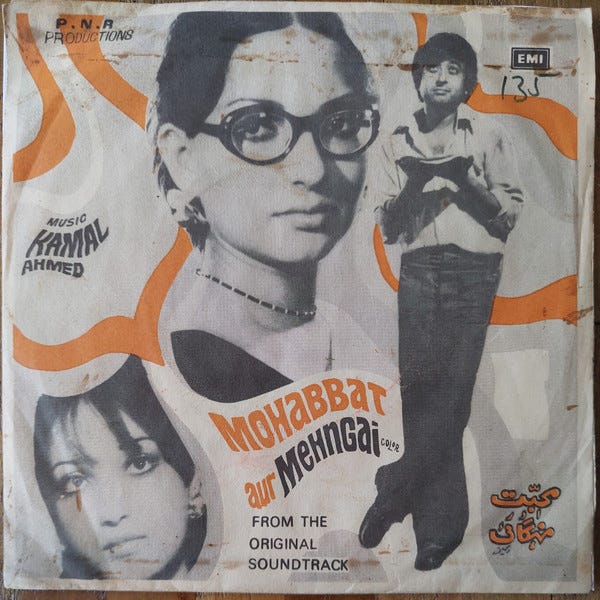
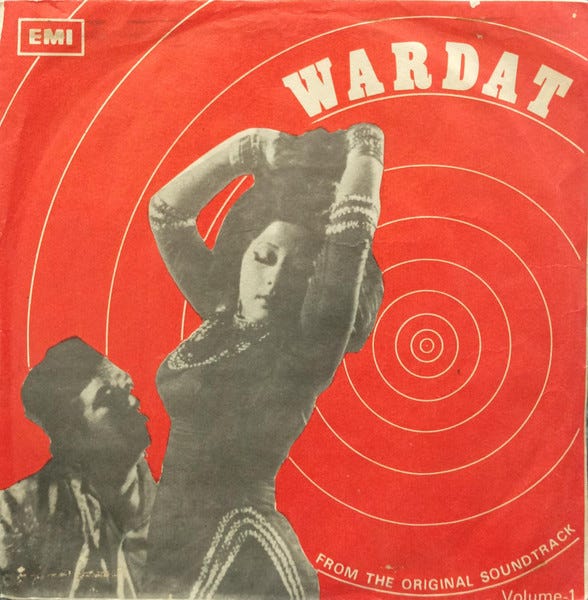
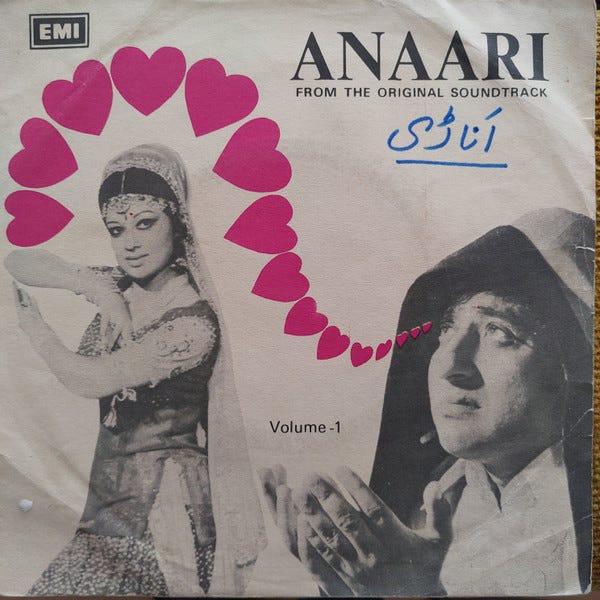
The Art of Cover Art is a free educational and inspirational resource. If you have $5/ month to spare, it would be very helpful in furthering my research. Or, if you think a friend might enjoy this newsletter, the best way to pay it forward is by sharing!

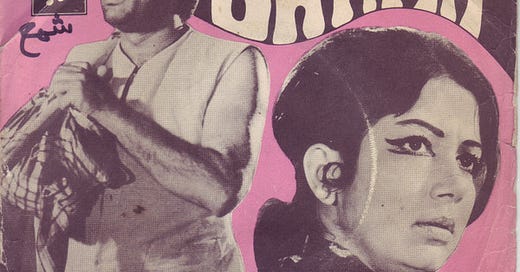



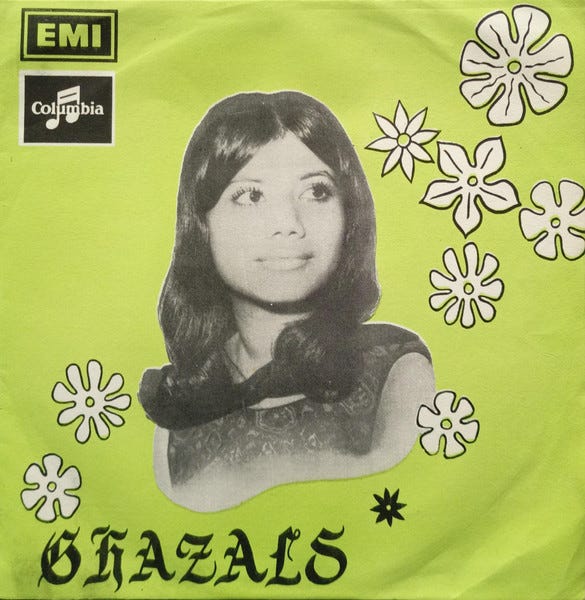
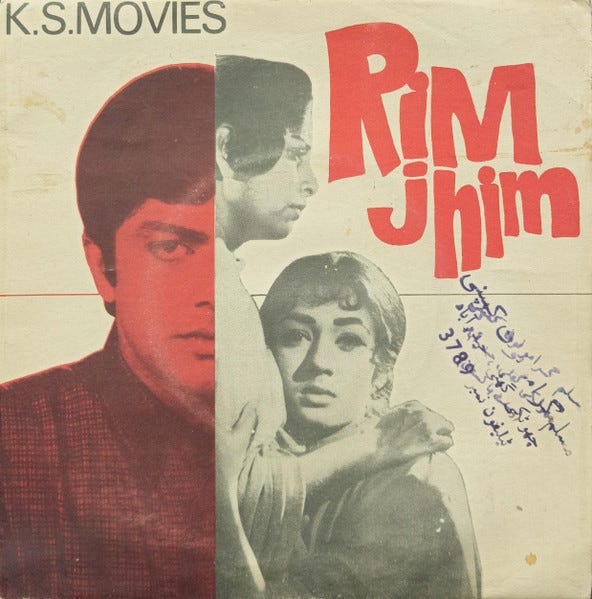
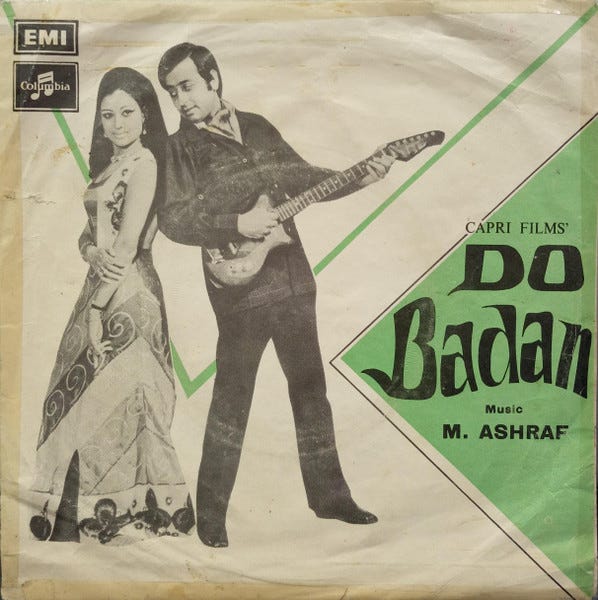
Not completely related to this specific post but I just want to say thank you for writing this blog. I've always been the only person I know that genuinely takes in the cover art choices of different artists. I find it can actually affect my feelings toward the music itself. Really underrated for the most part. Thanks again!
Insightful. I think you will find khajistan.com (an archive of lost Pakistani art) useful.